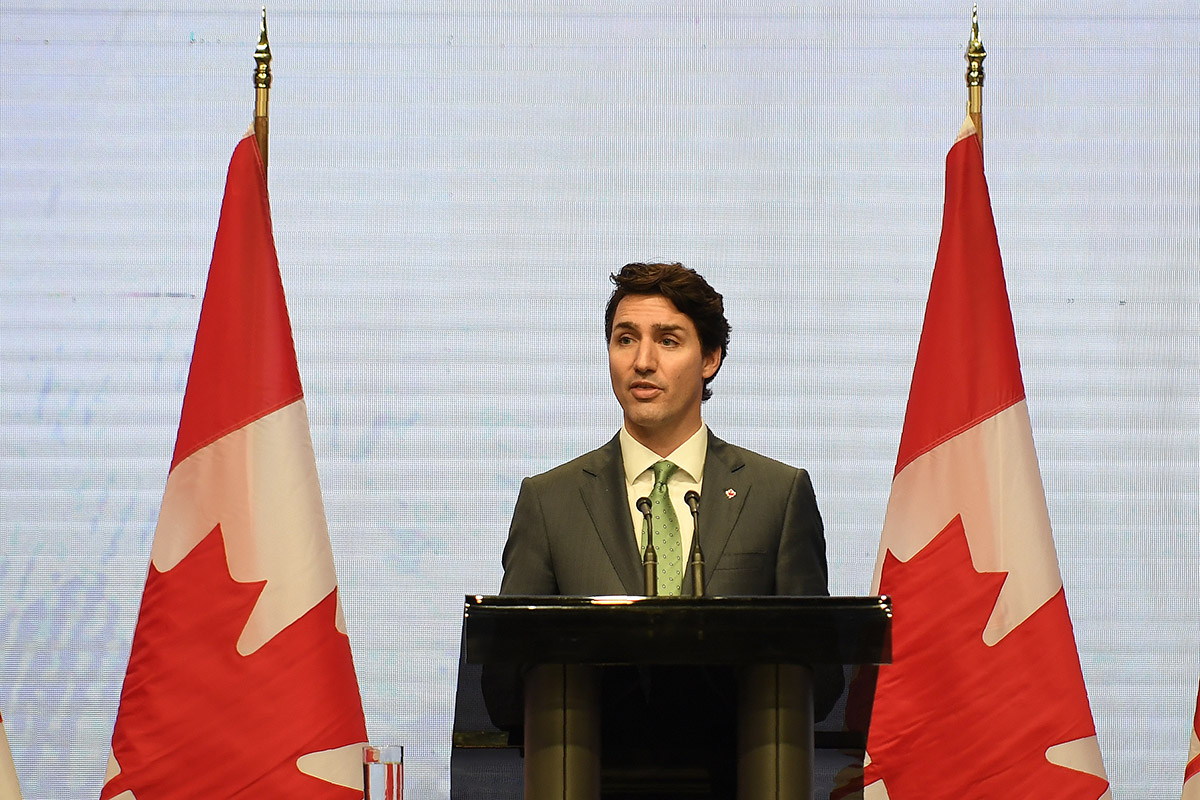The Association of Southeast Asian Nations (ASEAN) and the Great White North go way back – 41 years back to be exact.
Last year, both ASEAN and Canada marked 40 years of dialogue relations and expressed confidence in a relationship that would hopefully continue to shape “a better, safer, and more prosperous world” for its peoples.
Enduring benefits of ASEAN-Canada dialogue
Canada first became an ASEAN dialogue partner in 1977. Its relationship with the 10-member bloc has been largely based on trade. ASEAN is Canada’s sixth-largest trading partner, while Canada is ASEAN’s eighth-largest.
Together, the combined gross domestic product (GDP) of both ASEAN and Canada stood at US$4 trillion in 2016, according to World Bank data. As Southeast Asia is still a developing region, it still relies on foreign direct investment (FDI) to a significant degree. Canada’s FDI inflow into ASEAN totalled US$295.93 million in 2016, making Canada the eighth-largest FDI source amongst the association’s dialogue partners.

The starting point of this fruitful relationship was the ASEAN-Canada Economic Cooperation Agreement (ACECA). It entered into force in 1991 and provides assistance and cooperation in various areas such as science and technology, institution building, and commercial and industrial cooperation.
Fast forward to 2011, and the Canada-ASEAN Joint Declaration on Trade and Investment (JDTI) was adopted as the first trade instrument of its kind to be agreed upon between the two. It provides a useful platform for Canada and ASEAN member states to exchange information on opportunities related to trade and investment, while strengthening overall commercial engagement. In 2015, a working plan was formulated to guide the JDTI from 2016 to 2020, covering aspects of education, innovation, small and medium enterprises (SMEs) and corporate social responsibility.
Two years later, a proposed ASEAN-Canada Free Trade Agreement (FTA) was discussed during the ASEAN Economic Ministers – Canada Consultation held in September last year.
“The decision [to begin exploratory discussions] indicates that Canada and ASEAN recognise the immense potential that awaits deeper economic integration between our regions, and that the political will exists to get the job done”, said Canada-ASEAN Business Council (CABC) president Wayne Farmer.
“Our members represent Canada’s most committed companies to the ASEAN region, and this announcement is an important step closer to providing the best possible trading environment for their businesses.”

Maximising ASEAN-Canada potential
However, there is lower hanging fruit in sight, such as the Comprehensive and Progressive Agreement for Trans-Pacific Partnership (CPTPP), which Canada and several ASEAN member states are a party to. Once thought defunct after the US rescinded its commitment to an earlier version – the Trans-Pacific Partnership (TPP) – it has now made a comeback and talks are underway to get it completed despite the Trump administration’s withdrawal.
As far as free trade in the Asia-Pacific region goes, the holy grail would be the establishment of the Free Trade Area for the Asia-Pacific (FTAAP). If this were to transpire, the CPTPP, which does not include all ASEAN member states, would cease to be the sole route towards more equitable regional trade. Barring this eventuality, however, one solution towards that goal is the Regional Comprehensive Economic Partnership (RCEP), which is an ASEAN-led effort to strengthen its existing six FTAs with China, India, Japan, Australia, New Zealand and South Korea.
The extent of Canadian participation in the RCEP has yet to be finalised, particularly as ASEAN-Canada FTA discussions are still at an early stage and RCEP negotiations have yet to be completed. However, it does demonstrate that at a regional level, there are opportunities aplenty for Canada to take a larger role in ASEAN vis-à-vis trade and investment. The faster the ASEAN-Canada FTA is completed, the quicker it can fully unlock the potential it may gain from the RCEP, and if by any chance the RCEP should fail, an ASEAN-Canada FTA remains a desirable outcome.

To further spur free trade ambitions between the two, Canada can leverage on its Trade Commissioner Service (TCS), which has offices in every Canadian diplomatic mission in each ASEAN state. The TCS provides guidance and advice in various sectors to Canadian companies which are active in the region.
Besides that, the Canada-ASEAN Business Council (CABC) can also be galvanised to further facilitate increased trade and investment between ASEAN and Canada. CABC membership currently consists of leading Canadian enterprises active in the ASEAN region, and its doors are open to companies conducting business or considering to do so between Canada and the ASEAN region. It not only provides advice to its members, but also advocates its members' interests at a governmental level and provides opportunities for high-level networking that would enable members to grow their organisations.
ASEAN-Canada relations have never been a geopolitical hot button issue, but just because of that, they shouldn’t be neglected. The potential they represent is vast, and it is down to businesses to make the best and fullest use of these opportunities.
